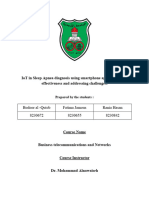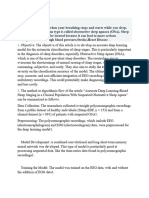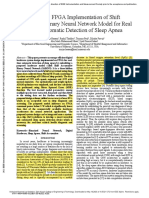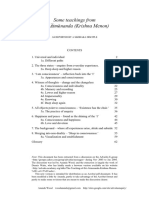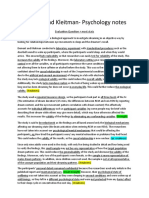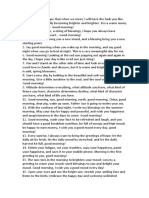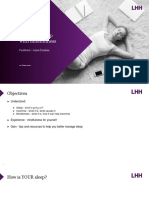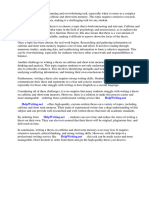0% found this document useful (0 votes)
27 views7 pagesMachine Learning-Driven Advancements in Wearable Technology For Sleep Monitoring: Improving Accuracy, User Experience, and Telemedicine Integration
Uploaded by
18priyanshusharmaCopyright
© © All Rights Reserved
We take content rights seriously. If you suspect this is your content, claim it here.
Available Formats
Download as DOCX, PDF, TXT or read online on Scribd
0% found this document useful (0 votes)
27 views7 pagesMachine Learning-Driven Advancements in Wearable Technology For Sleep Monitoring: Improving Accuracy, User Experience, and Telemedicine Integration
Uploaded by
18priyanshusharmaCopyright
© © All Rights Reserved
We take content rights seriously. If you suspect this is your content, claim it here.
Available Formats
Download as DOCX, PDF, TXT or read online on Scribd
/ 7







































